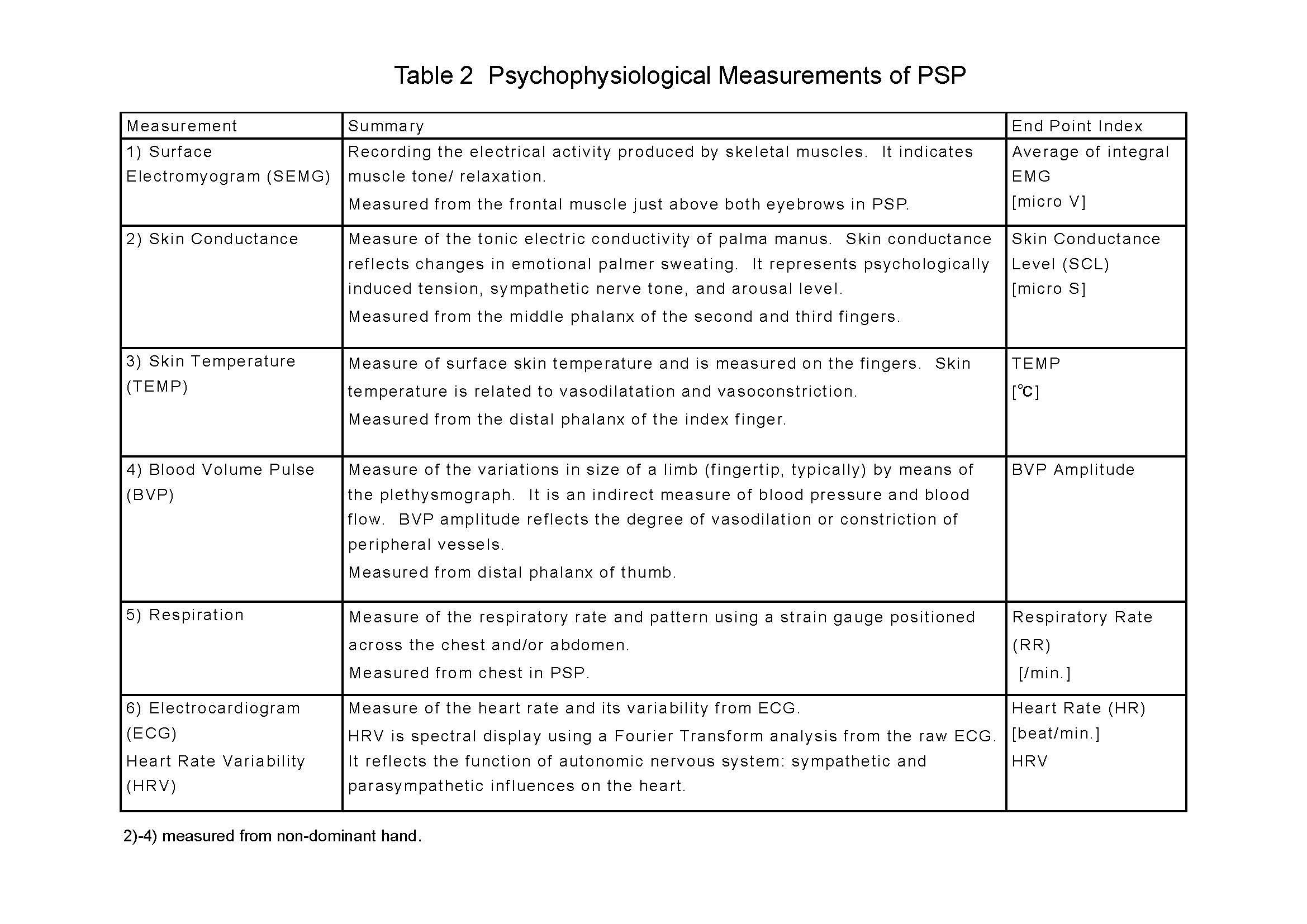1. Kellner R.: Functional somatic symptoms and hypochondriasis. A survey of empirical studies. Arch Gen Psychiatry, 42, 821-33, 1985
2. Peveler R, Kilkenny L, Kinmonth AL.: Medically unexplained physical symptoms in primary care: a comparison of self-report screening questionnaires and clinical opinion. J Psychosom Res, 42, 245-52, 1997
3. Reid S, Wessely S, Crayford T, Hotopf M.: Frequent attenders with medically unexplained symptoms: service use and costs in secondary care. Br J Psychiatry, 180, 248 -53, 200
4. Wessely S, Nimnuan C, Sharpe M.: Functional somatic syndromes: one or many? Lancet, 354, 936 -9, 1999
5. Henningsen, P., Zipfel, S., Herzog, W.: Management of functional somatic syndromes. Lancet, 369, 946-55, 2007.
6. Barsky AJ, Borus JF.: Functional somatic syndromes. Ann Intern Med, 130, 910 -21, 1999
7. Lacey JI, Bateman DE, VanLehn R.: Autonomic response specificity. An experimental study. Psychosom Med, 15, 8 -21, 1953
8. Wenger MA, Clemens TL, Coleman MA, Cullen TD, Engel BT.: Autonomic response specificity. Psyshosom Med, 23, 185-93, 1961
9. Fink P, Toft T, Hansen MS, Ornbol E, Olesen F.: Symptoms and syndromes of bodily distress: an exploratory study of 978 internal medical, neurological, and primary care patients. Psychosom Med, 69(1), 30-9, 2007
10. Henningsen, P., Zimmermann, T., Sattel, H.: Medically unexplained physical symptoms, anxiety, and depression: a meta-analytic review. Psychosom Med, 65, 528-33, 2003
11. Kanbara, K., Fukunaga, M., Mutsuura, H. et al.: An exploratory study of subgrouping of patients with functional somatic syndrome based on the psychophysiological stress response: its relationship with moods and subjective variables. Psychosom Med, 69, 158-65, 2007
12. Kanbara, K., Mitani, Y., Fukunaga, M. et al.: Paradoxical results of psychophysiological stress profile in functional somatic syndrome: correlation between subjective tension score and objective stress response. Appl Psychophysiol Biofeedback, 29(4), 255-268, 2004
13. Nimnuan, C., Rabe-Hesketh, S., Wessely, S., Hotopf, M.: How many functional somatic syndromes?.J Psychosom Res, 51, 549-57, 2001
14. Robbins, J.M., Kirmayer, L.J., Hemami, S.: Latent variable models of functional somatic distress. J Nerv Ment Dis, Oct;185(10), 606-15, 1997
15. Kanbara, K., Mitani, Y., Fukunaga, M. et al.: Characteristics of psychophysiological stress responses in patients with psychosomatic disorders. Japanese Journal of Psychosomatic Medicine, 45, 685-695, 2005
16. Heart rate variability: standards of measurement, physiological interpretation and clinical use. Task Force of the European Society of Cardiology and the North American Society of Pacing and Electrophysiology. Circulation, 93, 1043-65,1996.
